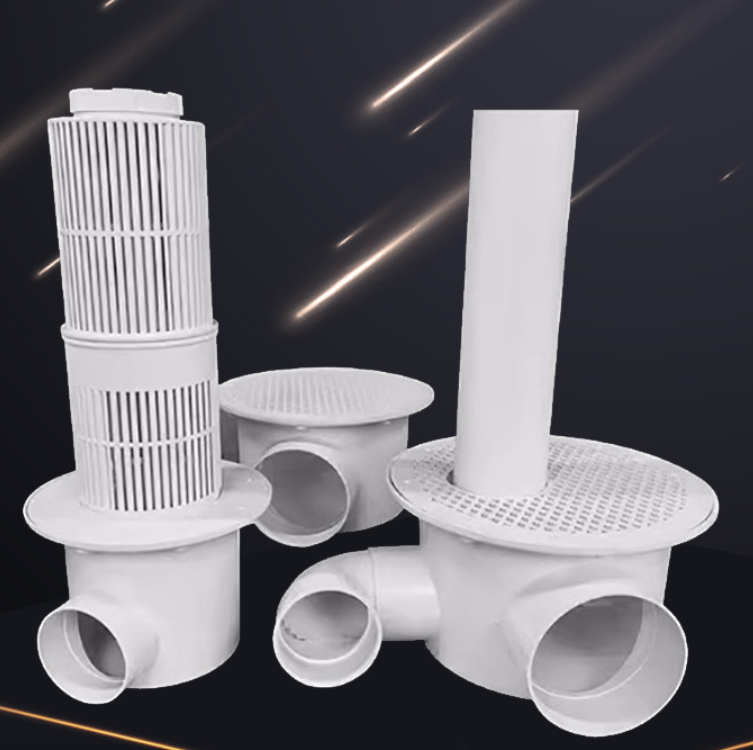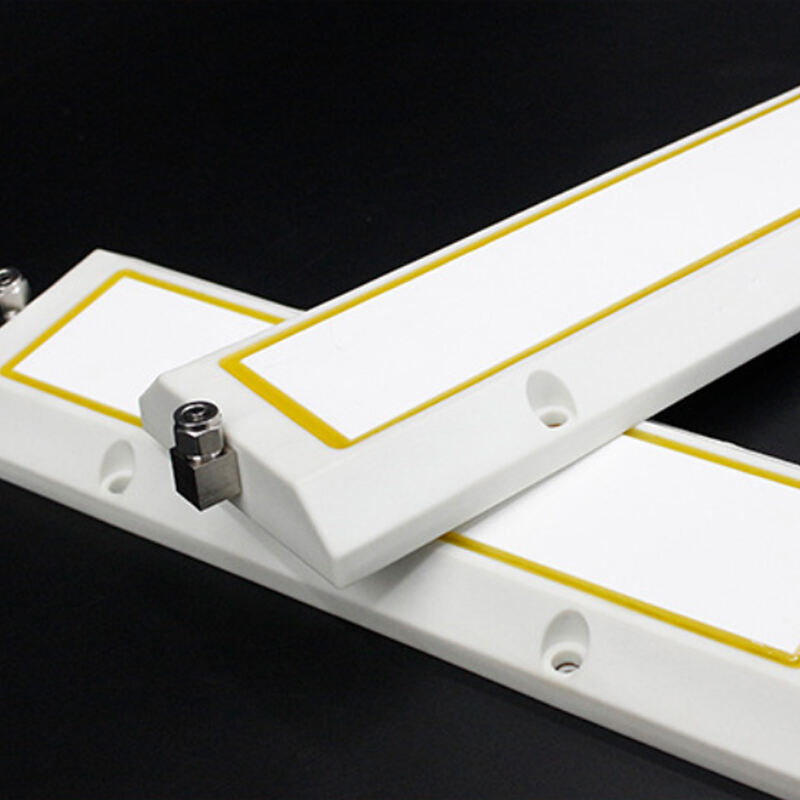1、 The advantages of Running water high-density aquaculture system.
The Running water high-density aquaculture system with flowing water and pond aquaculture have five advantages: high yield, fish aquaculture density of 25kg to 35kg per square meter, which is 3 to 5 times that of pond aquaculture; Low cost, one breeding cycle can save 20% of feed costs, reduce 10% of pond construction costs, and save costs such as cleaning fish manure, pumping, irrigation, and lime disinfection in the pond every year; Long service life, 8 to 10 years; Save land resources; It can effectively control the spread of fish and shrimp diseases, avoiding the occurrence of disasters where one fish gets sick and the entire pond dies.
2、 The characteristics of Running water high-density aquaculture system.
Running water high-density aquaculture system maintains a certain water flow velocity in the water body, keeping it in a stable state. The water flow can take away waste and discharge it, thereby ensuring water quality. Meanwhile, Running water high-density aquaculture system can also increase dissolved oxygen and stimulate fish growth.
3、 The advantages of Running water high-density aquaculture system.
High density aquaculture with flowing water combines the advantages of both high-density and flowing water modes, which can not only increase the quantity and output of aquaculture, but also ensure water quality and fish health. Meanwhile, this model can also save breeding space and feed costs.
4、 The influencing factors of yield per mu in Running water high-density aquaculture system.
The yield per mu is related to factors such as water quality control, feeding management, and fish species selection. For example, water quality control includes measuring and adjusting water quality parameters, and must ensure stable water quality, otherwise it may lead to disease in the fish body. Feeding management refers to the timing, quantity, and type of feeding, and adopting a reasonable feeding strategy based on different breeding stages can promote the health and growth of fish. The selection of fish species is also closely related to yield. Healthy fish species adapt to the environment and are easy to grow, resulting in varying levels of yield.

























































